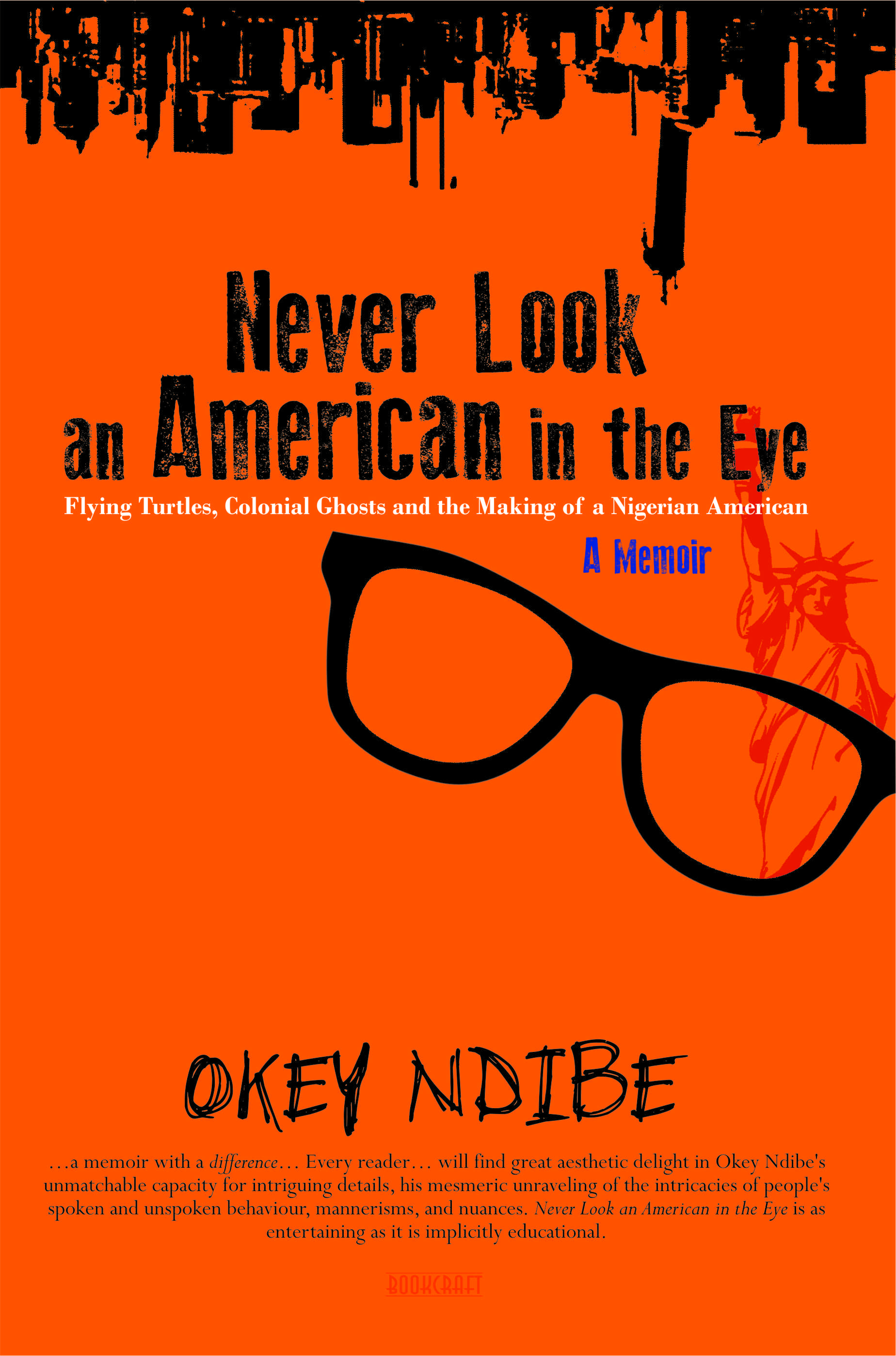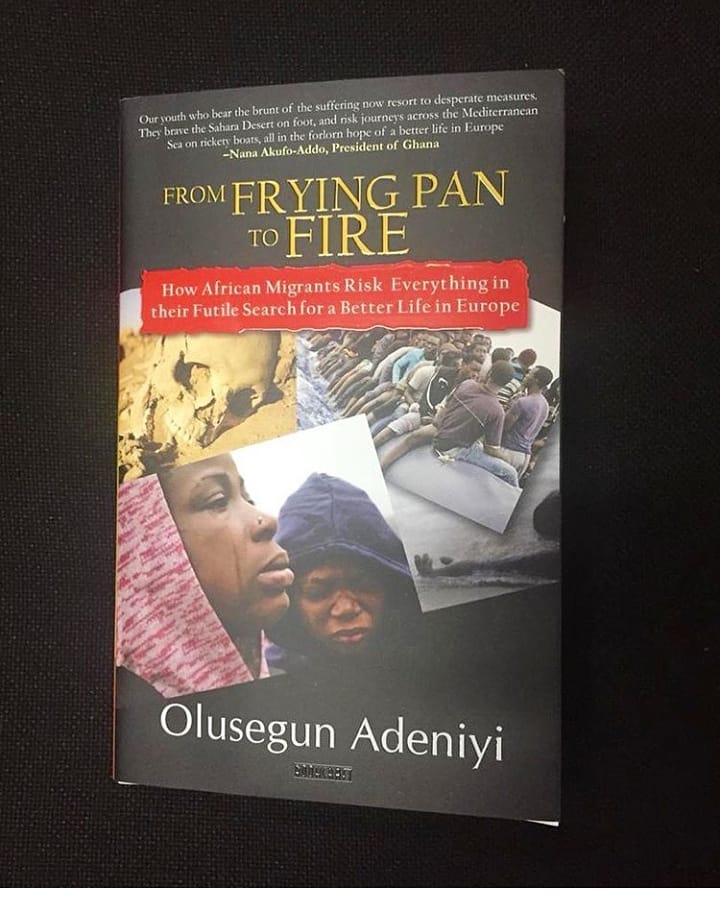I always lament the dearth of travel writing books by African authors.
I have since been scolded for failing to reference a number of other old and new works that tackle the subject matter, so I’m currently looking for Isaac Delano’s The Soul of Nigeria, Babatunde Shadeko’s The Magic Land of Nigeria, Noo Saro Wiwa’s Transwonderland, and Eavesdropping, a collection of essays and travelogues in America by Deji Haastrup.
But one of the example works I pointed to as examples of contemporary works detailing honest and intimate travel experiences of travel was Okey Ndibe’s Never Look An American In the Eye (Soho Press.October, 2016).
I have now finished reading a review copy of the work and I can say that it was a thoroughly delightful experience.
Having lived in America for a while myself, I am always interested in reading accounts of others who have lived in the country, experienced in ways similar to or different from mine.
But with this book, except that both of us had entered the United States for the first time at twenty-eight years old, the experiences could not be any dissimilar, which added a lot of excitement to its reading.
The title comes from a piece of advice given to the author by his uncle in the village.
He, the uncle, not having experienced America in any other way except from the plot of Westerns shown on Nigerian screens where eye contact was the ostensible cause of major conflicts that resulted in lots of gunfire, decided that his nephew on the way to America needed such a good prep.
As we know now, from our experience with Americans, the opposite turns out to be true.
This leads to a number of awkward, interesting, and hilarious scenarios, one including contact with law-enforcement.
The book is a collection of connected stories about the author’s life in Nigeria and his migration to America.
Okey Ndibe is currently a columnist for a number of Nigerian publications.
He is also the author of two well-received novels Arrows of Rain (2000) and Foreign Gods Inc (2014).
He had arrived in the United States first as a maiden editor of a new international magazine, in the late eighties, before he achieved these later successes, but during which time he was already an accomplished reporter for a major Nigerian publication.
In the US, after his stint as an editor, he became a student, and later, a reluctant but ultimately appreciative citizen.
The book covers all these periods in his life with tales that paint the picture of an individual with an expansive curiosity and a healthy sense of humour towards misfortunes and uncertainties.
The stories follow each other in an unsual order which was slightly disorientating, but ultimately successful in pushing the story forward towards a fitting end.
Read to find out why.
As a memoir, it’s an engaging work filled with optimism, written in a style that is neither pretentiously grand nor mindlessly plain.
As literature, it is clever in its deceiving simplicity.
As travel writing, it is a welcome addition to a trove of like-minded works by Africans traveling around the world.
It is a work accessible without being insipid, serious without being morose, and honest without being overexposing or patronising.
The handling of his contact and relationships with legends of African literature Wọlé Sóyínká and Chinua Achebe deserves credit for its normalcy and honesty.
We see them both as humans, chasing human pursuits, and vulnerable to human frailties and human disappointments.
It balances an important narrative about migration, culture, disappointments, love, and restlessness with an outlook that is both sunny and measured.
I don’t want to say “circumspect” because that presupposes an unwillingness to take risks.
What the work is is the opening of doors into a time in the life of its author which also coincides with a significant time in the life of a country he was leaving behind and the one he eventually adopts.
There was no risk to be taken or avoided as far as the writing goes.
The story needed to be told well, and it was.
The hardcover is 224 pages long, but doesn’t feel like it.
The book was (first) released on October 11, 2016.
Originally Published by Blueprint


